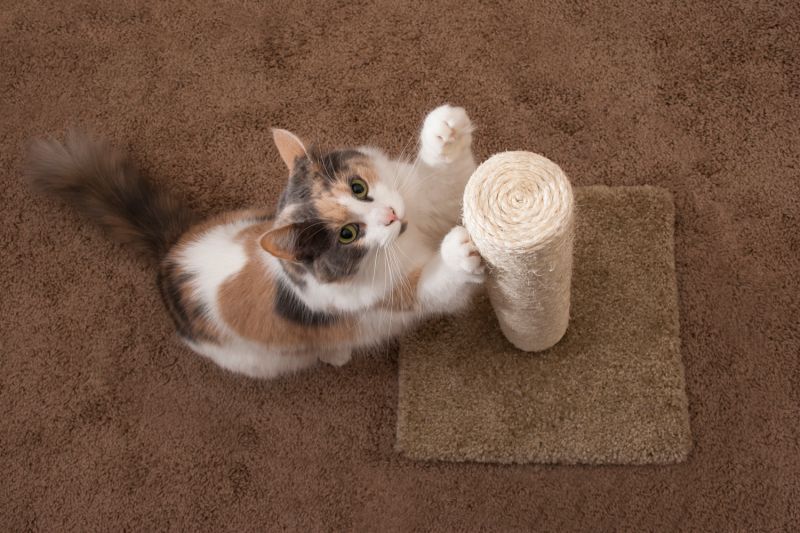Add your organization’s name to the list of those supporting a ban on cat declawing

When a declaw ban bill is proposed in your state, we’ll let legislators know your organization stands in support.

When a declaw ban bill is proposed in your state, we’ll let legislators know your organization stands in support.